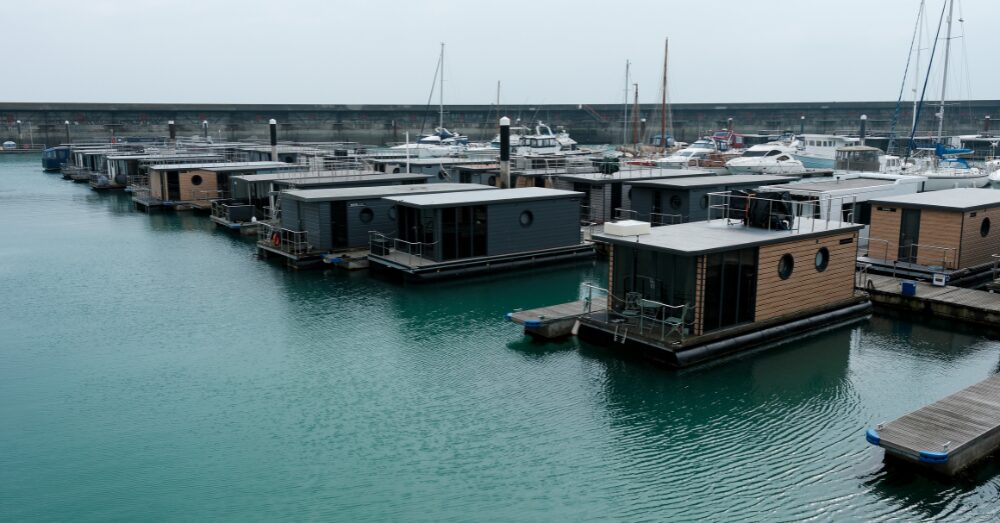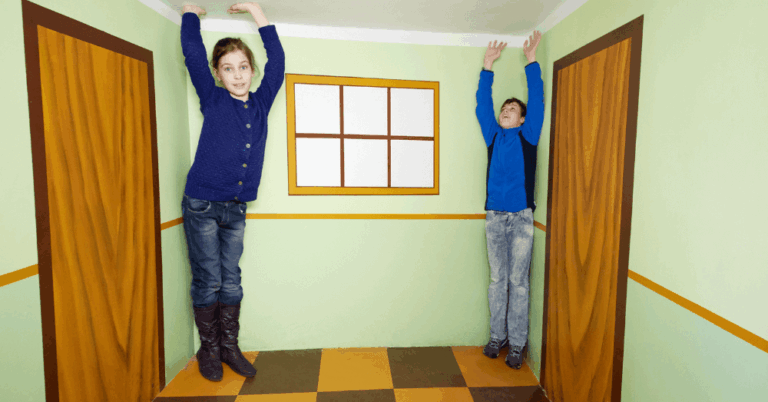Innovative Ideas for Pontoon Boats As Housing
Interested in simplifying your life? Pontoon and tritoon boats are perfect vessels for converting into floating tiny homes.
Tiny homes have been all the rage in recent years, thanks primarily to a challenging housing market and rising prices. Now, the fad is hitting marinas across the country. It’s time to discover how people turn pontoon and tritoon boats into floating tiny homes and how you can, too.
What Is a Tiny Home?
The tiny home has no universal definition, but most people consider it any form of housing under 400 square feet in space. Tiny homes are designed to be as space-efficient as possible, often boasting innovative space-saving features and minimalist designs.
The tiny home movement isn’t just about minimalism. People build tiny homes for various reasons, including ecological sustainability and affordability. In the case of tiny homes made from pontoon and tritoon boats, mobility also comes into play.
Why Pontoon and Tritoon Boats Make Perfect Tiny Homes
Pontoon and tritoon boats make perfect tiny home foundations because they are large enough to accommodate a small dwelling and affordable enough that most people find them accessible relative to traditional houseboats.
Some people purchase pre-built tiny houseboats, while others covet the idea of designing and building their own pontoon-based homes. Pontoon tiny house kits are also available for people who want a more comfortable middle ground between these two options.
Are Tiny Houseboats Legal?
The first thing anyone who wants to construct a tiny houseboat should do is reference local houseboat laws and permits. They vary from state to state and even county to county, so it’s difficult to generalize about the legality of tiny houseboat living.
In most cases, tiny homes built on pontoons and tritoons are legal where traditional houseboats are allowed. Check with the US Army Corps of Engineers and the US Coast Guard to get helpful information on regulations and permits for each state.
What to Include in Your Tiny Houseboat Build
Whether you’re planning on building a tiny houseboat by hand or hiring a contractor, the design process is both essential and exciting. Future tiny houseboat owners should start by compiling a list of their priorities, including how much space they’ll need and how self-sufficient they want to be.
For most tiny houseboat owners, self-sufficiency, space efficiency, and ecological friendliness are the top priorities. Including solar power, composting toilets, and other eco-friendly advances can make tiny houseboat living more sustainable on all levels.
Space-saving innovations from land-based tiny homes can also be applied to tiny houseboat living. Consider incorporating folding tables, Murphy beds, and modular furniture, downsizing kitchen fixtures, and including spaces that can be converted to different uses during the day vs. at night.
How Much Does It Cost to Build a Tiny Houseboat?
The cost of building a tiny houseboat varies significantly based on whether you purchase a new or used pontoon, how much of the build you complete yourself, and what materials you use.
Coming up with an accurate budget can be tough. It helps to consult a local contractor with experience building tiny homes, even if you plan on doing the bulk of the construction work yourself.







